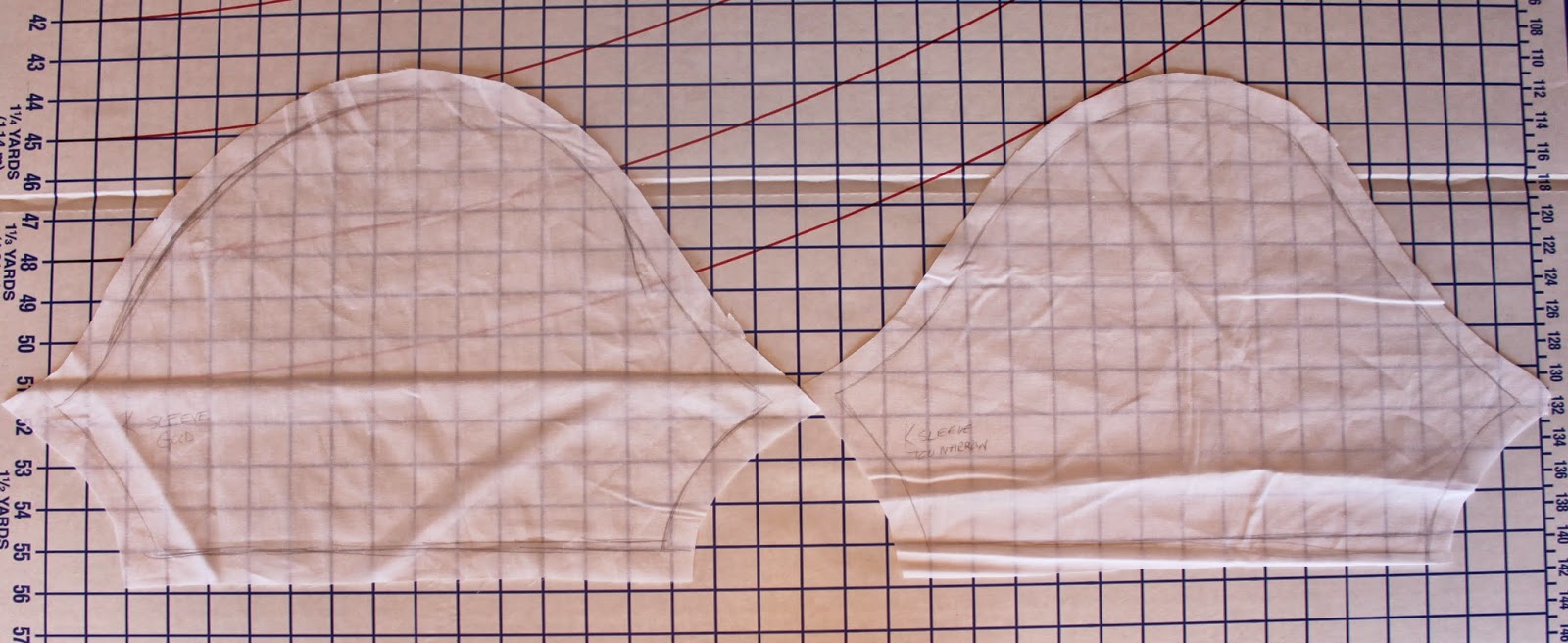These are all quick descriptions of what I'm selling, linking back to their Etsy page. Except for the shoes at the bottom, which I can't sell on Etsy. If you're interested in any of those three pairs send me an email at goldenhindshoes at gmail.com
I have more I'll list over the next week if this sale is successful!
Sold! Pearl Green 1770s wool riding habit. All hand-sewn. Coat is lined with silk taffeta and white linen, trimmed in silk velvet, and fastened with silver thread deaths head buttons. Waistcoat is silk taffeta with covered buttons. Petticoat hem is faced with wool tape. $425
Sold! 1770s Camblet gown and petticoat. Closed front, English pleated back with polonaise ties. Self trimmed around neck and sleeves. Beautiful copper toned fabric, a mix of silk, wool, and linen. All hand-sewn. $240
Sold! 1770s Olive linen gown and petticoat. Closed front, Quartered back. Heavy-weight twill linen, surprisingly warm and very durable. All hand-sewn. $185
Sold! 1810s cotton print day gown. Made from a beautiful figured and striped lightweight cotton, this classic Regency style gown is perfect for warm days. $175.
Sold! 1913 style evening gown. Pink silk charmeuse base with gold worked silk net, silk chiffon, and silk velvet. $245
Early 19th century cotton print jacket. Constructed from Duran Textiles printed cotton, all hand-sewn. A channel around the neck and under the bust allow for adjustment to fit. $120.
Flowered and spotted sheer cotton swiss fabric, 8 yards available at 52" wide. Appropriate for mid-19th century gowns. $10 per yard.
Sold! Black and white floral cotton print, 7.75 yards and 14 yards available at 55" wide. Glazed finish, mid-weight. Perfect for a mid-19th century half-mourning gown. $7.50 per yard.
Sold! Grey and Cream striped silk taffeta, 2.5 yards at 54" wide. This is the same fabric my cut-away gown was made from. The grey is a very dark charcoal with a slight greenish hue, very beautiful. It's just slightly slubby, but no where near enough to be a shantung. $35 ($14 per yard).
Sold! Pumpkin and cream striped silk taffeta, 2.25 yards & 2 yards available at 54" wide. While not a period appropriate fabric it's perfect for home decor. Some of the stripes have a satin finish that gives this silk a very rich appearance and great weight. $10 per yard.
Sold! Burgundy and gold damask polyester? fabric, 7 yards available at 56" wide. It isn't silk, but it doesn't have a bad shine and it's a beautiful design and color, as well as being reversible. $6 a yard.
Sold! Robert Land black and cream 1860s boots, size 7 1/2. Worn once, almost no wear. $110
Sold! Burnley & Trowbridge early 19th century shoes in tan, size 7. Very light wear. $75
Modern shoes with 1790s trimmings, size 7 1/2. $45
I have more I'll list over the next week if this sale is successful!
Sold! Pearl Green 1770s wool riding habit. All hand-sewn. Coat is lined with silk taffeta and white linen, trimmed in silk velvet, and fastened with silver thread deaths head buttons. Waistcoat is silk taffeta with covered buttons. Petticoat hem is faced with wool tape. $425
Sold! 1770s Camblet gown and petticoat. Closed front, English pleated back with polonaise ties. Self trimmed around neck and sleeves. Beautiful copper toned fabric, a mix of silk, wool, and linen. All hand-sewn. $240
Sold! 1770s Olive linen gown and petticoat. Closed front, Quartered back. Heavy-weight twill linen, surprisingly warm and very durable. All hand-sewn. $185
Sold! 1810s cotton print day gown. Made from a beautiful figured and striped lightweight cotton, this classic Regency style gown is perfect for warm days. $175.
Sold! 1913 style evening gown. Pink silk charmeuse base with gold worked silk net, silk chiffon, and silk velvet. $245
Early 19th century cotton print jacket. Constructed from Duran Textiles printed cotton, all hand-sewn. A channel around the neck and under the bust allow for adjustment to fit. $120.
Flowered and spotted sheer cotton swiss fabric, 8 yards available at 52" wide. Appropriate for mid-19th century gowns. $10 per yard.
Sold! Black and white floral cotton print, 7.75 yards and 14 yards available at 55" wide. Glazed finish, mid-weight. Perfect for a mid-19th century half-mourning gown. $7.50 per yard.
Sold! Grey and Cream striped silk taffeta, 2.5 yards at 54" wide. This is the same fabric my cut-away gown was made from. The grey is a very dark charcoal with a slight greenish hue, very beautiful. It's just slightly slubby, but no where near enough to be a shantung. $35 ($14 per yard).
Sold! Pumpkin and cream striped silk taffeta, 2.25 yards & 2 yards available at 54" wide. While not a period appropriate fabric it's perfect for home decor. Some of the stripes have a satin finish that gives this silk a very rich appearance and great weight. $10 per yard.
Sold! Burgundy and gold damask polyester? fabric, 7 yards available at 56" wide. It isn't silk, but it doesn't have a bad shine and it's a beautiful design and color, as well as being reversible. $6 a yard.
Sold! Robert Land black and cream 1860s boots, size 7 1/2. Worn once, almost no wear. $110
Sold! Burnley & Trowbridge early 19th century shoes in tan, size 7. Very light wear. $75
Modern shoes with 1790s trimmings, size 7 1/2. $45









































